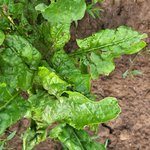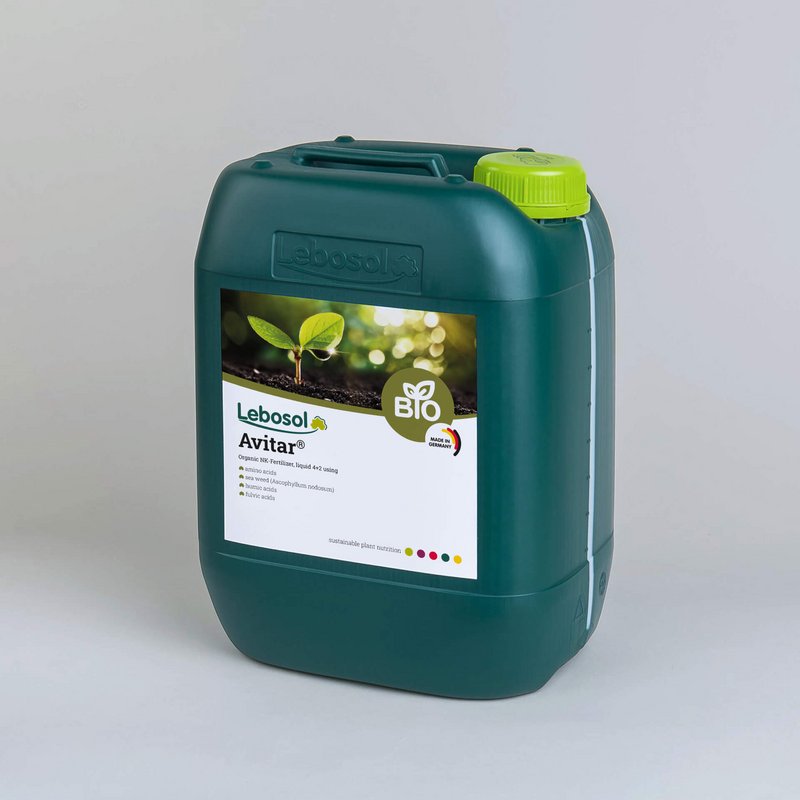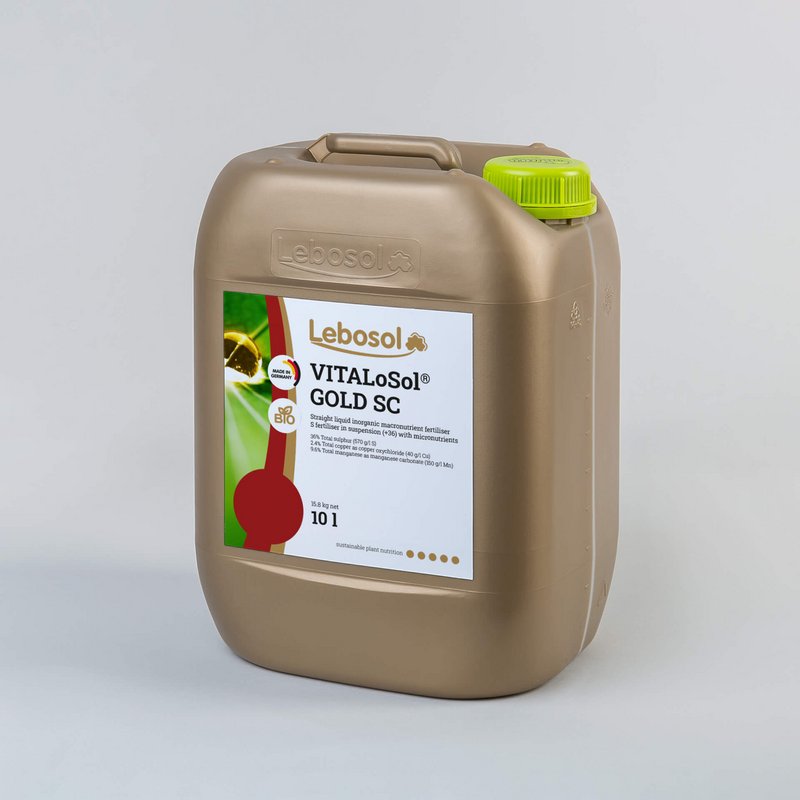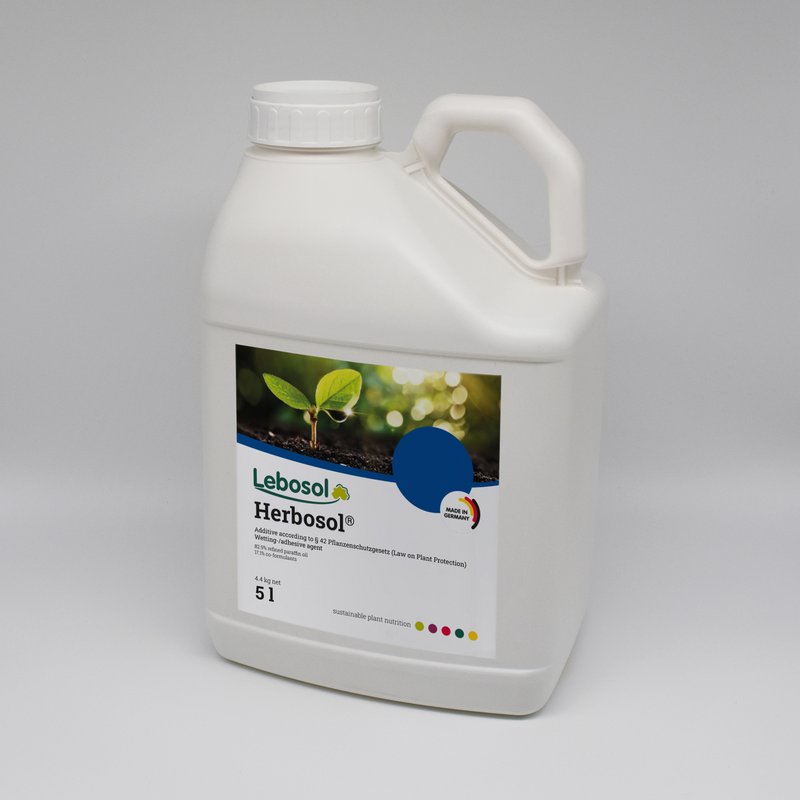Efficient nutrient supply in sugar beet cultivation
Foliar fertilisers help with yield and sugar content challenges
Climate change is having an increasing impact on sugar beet cultivation and is increasingly leading to nutrient deficiencies. These deficiencies have a strong impact on yield and sugar content. Sunburn also occurs more frequently and is often overlooked. Targeted foliar fertilisation ensures a fast and efficient supply of nutrients, even under adverse weather conditions. This maintains the quality of the sugar beet.

Herbicide management and stress reduction
Lebosol® products that help in sugar beet cultivation
The soil herbicides used in sugar beet cultivation must ensure weed-free crops over a longer period of time. Herbosol® optimally supports the effect of your soil herbicides. It ensures an even distribution of the spray liquid on the soil, improves adhesion and increases the concentration in the upper soil layer, thereby reducing leaching.
Our application recommendation to maintain the herbicide film on the soil for as long as possible: Mix 0.4 l/ha of Herbosol® with the soil herbicides in the sugar beet area at the 3rd NAK. On light soils and with a low humus content, increase the quantity to 0.6 l/ha, while on heavy soils with a high humus content you should reduce it to 0.2 l/ha.
Herbicide sprays and unfavourable growing conditions such as cold, wet or dry conditions cause stress and inhibit the plants' amino acid synthesis. The addition of Avitar® to the spray water reduces these negative effects and thus promotes more vigorous growth.
Our application recommendation to reduce stress in your sugar beet: Add 2 - 3 litres/ha of Avitar® to the post-emergence herbicides, especially at the 1st and 2nd NAK. This will help your sugar beet to better withstand stressful conditions and promote healthy growth.

Important trace elements for vital sugar beet
Prevent boron and manganese deficiency
Drought, cold or high pH values in the soil impair the availability of important trace nutrients for sugar beet. A lack of boron and manganese can have considerable economic consequences.
Sugar beet has a high boron requirement, as boron promotes sugar metabolism and the formation of storage tissue. A boron deficiency leads to heart rot and dry rot on leaves and beet. Manganese is also crucial for sugar formation and prevents premature ageing of the leaves.
To ensure a sufficient supply, we recommend several applications of 2 l/ha Lebosol®-Boron and 0.5 l/ha Lebosol®-Manganese 500 SC from the 6-leaf stage onwards.

Importance of silicon and molybdenum in sugar beet cultivation
What do these elements support in plant development?
Lebosol®-Molybdenum (approved for organic cultivation) increases the vitality and optimises the leaf quality of sugar beet. Molybdenum plays an important role in nitrogen conversion in the plant.
Lebosol®-Silicon reduces drought stress, promotes root growth and increases sugar content. Although silicon is not a nutrient, it supports the plants in regulating the water balance, phosphorus and potassium uptake and strengthens stress tolerance. Both elements contribute significantly to the vitality and productivity of sugar beet.
To ensure a sufficient supply, we recommend 1 – 2 applications of 0.5 l/ha Lebosol®-Silicon and 0.25 l/ha Lebosol®-Molybdenum from the end of the row.

VITALoSol® GOLD SC from Lebosol®
Influence on vitality and stress tolerance of sugar beet
A well-nourished plant achieves higher yields and is less susceptible to diseases and climate stress. The combined nutrients sulphur, copper and manganese in VITALoSol® GOLD SC are needed to increase the vitality and stress tolerance of sugar beet. By adding VITALoSol® GOLD SC to the fungicide measures, the plant's own defences are strengthened. This leads to lower susceptibility and higher vigour, which is clearly reflected in the yield result.
Nutrients contained: Sulphur is necessary for the effective utilisation of nitrogen and to stabilise yield and quality. Manganese improves the utilisation of available nitrogen, reduces dry phases and radiation stress (less sunburn) and strengthens frost tolerance.
To ensure a sufficient supply, we recommend several applications of 5 l/ha of VITALoSol® GOLD SC from the end of the row.






